Misbranded Dairy Imitators, Section 199 Tax Issue, Air Emissions Reporting Among Priorities Addressed in Congressional Bill
April 05, 2018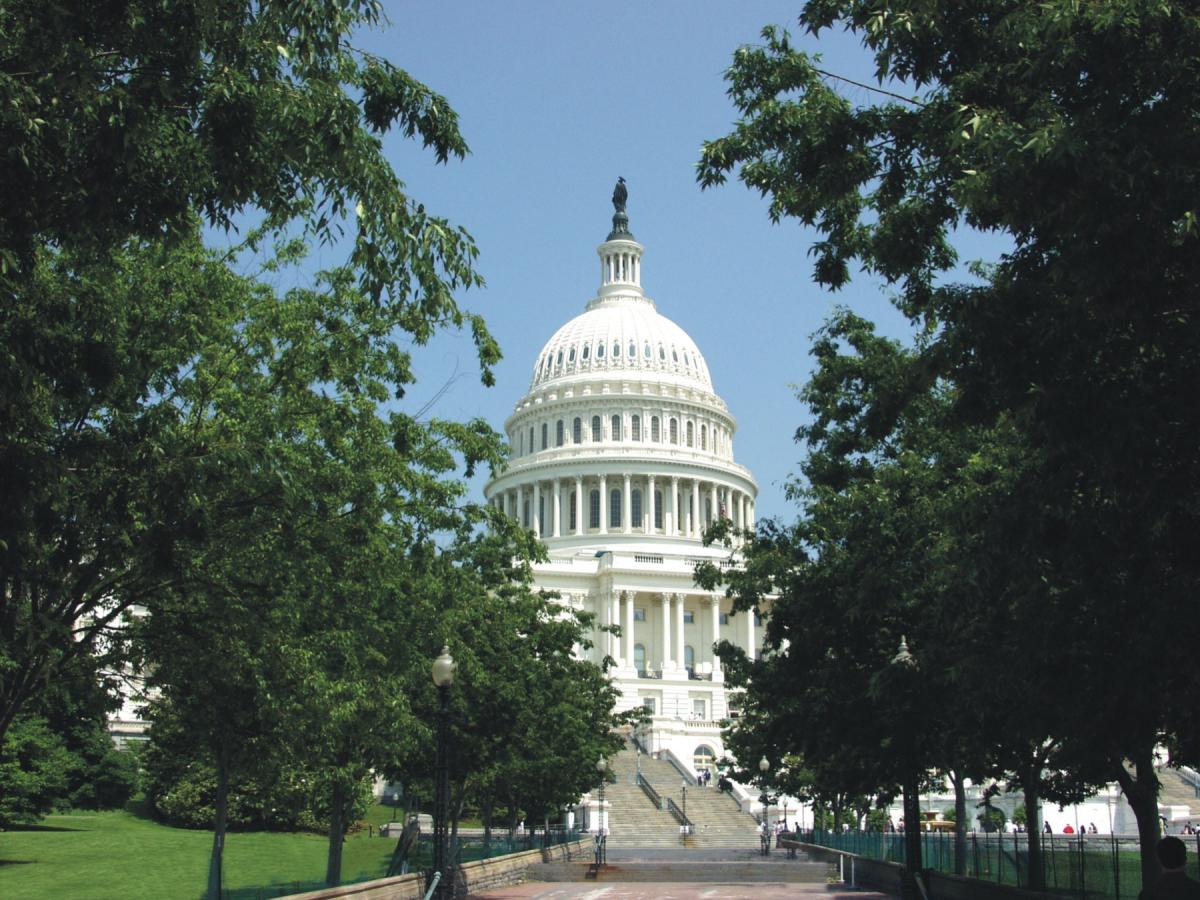 With mere hours to go before a potential third government shutdown, Congress passed a $1.3 trillion spending bill on March 22 that contained several important achievements for America’s dairy farmers, including committee report language directing FDA to act on mislabeled dairy imitations, and relief from potential regulation under the CERCLA law. President Donald Trump signed the massive appropriations bill into law the following day.
With mere hours to go before a potential third government shutdown, Congress passed a $1.3 trillion spending bill on March 22 that contained several important achievements for America’s dairy farmers, including committee report language directing FDA to act on mislabeled dairy imitations, and relief from potential regulation under the CERCLA law. President Donald Trump signed the massive appropriations bill into law the following day.
The provisions addressing mislabeled imitation dairy foods represent a victory for farmers and consumers alike, because the spending package expresses Congress’ concern that certain plant-based beverages are not properly labeled, and instructed the U.S. Food and Drug Administration (FDA) to enforce labeling standards affecting dairy imitators. This language builds on the DAIRY PRIDE Act (DPA), a bipartisan bill introduced last year in both chambers of Congress to compel FDA to act against misbranded imitations.
“The language in the congressional budget bill should help ensure action on the matter by FDA after years and years of inaction,” said NMPF’s Jim Mulhern. “This measure is clear and unequivocal that honest labeling matters to Congress and consumers, and that FDA can no longer turn a blind eye toward fake foods that deliberately flout federal standards of identity.”
The omnibus bill also contained a provision that relieves dairy and other livestock producers from having to report manure-related air emissions under the Comprehensive Environmental Response, Compensation, and Liability Act (CERCLA) – another big priority for National Milk. NMPF worked with other farm groups to urge Congress to clarify that the measure, aimed at monitoring emissions from hazardous waste sites, was never intended to generate reports on low levels of emissions of ammonia and hydrogen sulfide from farms.
“Because of recent court decisions, the CERCLA law was poised to require farms to generate meaningless reports that regulatory agencies do not want and will not use,” said Mulhern. “The adoption of bipartisan legislation to codify current policy is a common-sense fix to what was a looming legal dilemma.”
Additionally, the congressional spending measure will largely recreate the Section 199 Domestic Production Activities Deduction (DPAD) tax provision that was repealed by last year’s tax reform bill. The measure refashions the DPAD to help preserve the competitive position of farmer-owned cooperatives in the marketplace. NMPF worked with other agricultural organizations to address the competitive implications created by last year’s tax law, emphasizing the need to protect the tax treatment of farmers and their cooperatives in this area.
Mulhern expressed NMPF’s appreciation for the support of congressional members in both parties to ensure the spending bill included these and other priority issues of importance to dairy producers.
2018 Enrollment for MPP Dairy Safety Net Program Will Open from April 9-June 1
April 05, 2018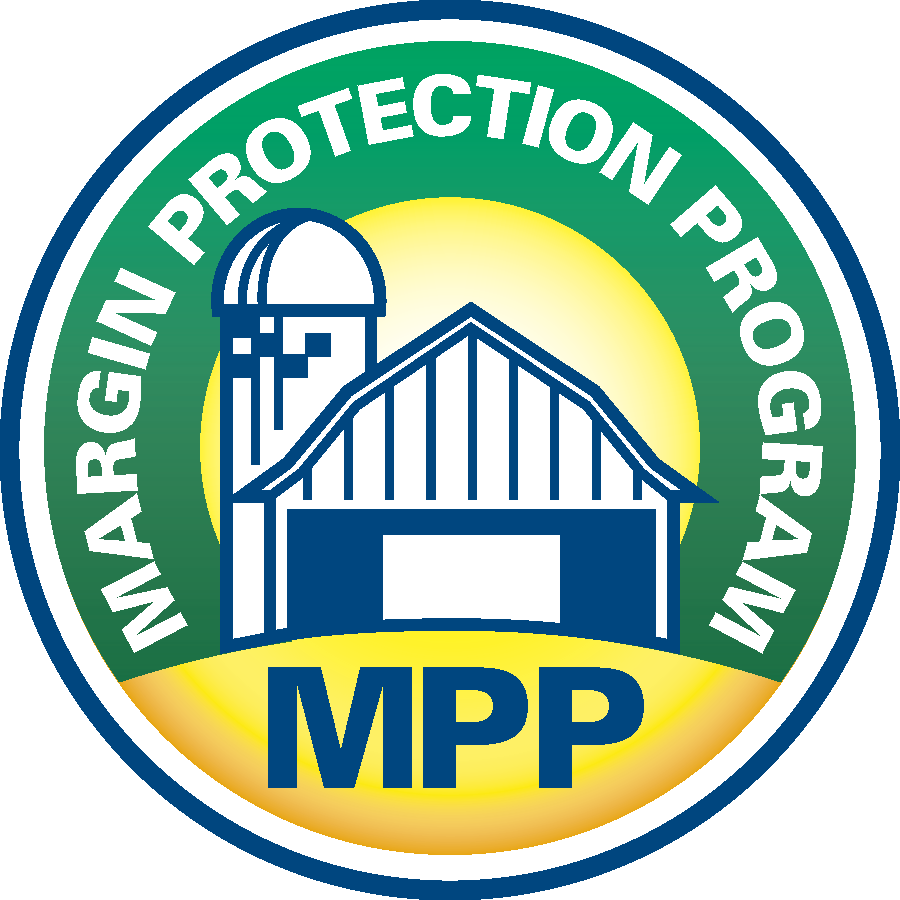 Following an Agriculture Department announcement that it would re-open the enrollment period for the dairy Margin Protection Program (MPP), NMPF encouraged producers to review the new coverage options available under the improved program, which will open for sign up on April 9 and close June 1.
Following an Agriculture Department announcement that it would re-open the enrollment period for the dairy Margin Protection Program (MPP), NMPF encouraged producers to review the new coverage options available under the improved program, which will open for sign up on April 9 and close June 1.
The U.S. Department of Agriculture (USDA) announced on April 3 that it would re-open the sign-up period, and encouraged producers to take a second look at the new program since it had been revised under the Bipartisan Budget Act passed by Congress in February. NMPF thanked Agriculture Secretary Sonny Perdue for the agency’s prompt implementation of a re-opened sign-up period and other much-needed changes to the MPP.
According to USDA, dairy producers must select new coverage for 2018, even if they enrolled during the previous sign-up period last fall. Coverage choices made this spring for calendar year 2018 will be retroactive to Jan. 1, 2018. All dairy operations desiring coverage must sign up during the eight-week enrollment period. USDA also announced that dairy producers can participate in either MPP or the Livestock Gross Margin program for dairy (LGM-Dairy), but not both.
The changes to the MPP were part of a larger dairy package that was included in the disaster spending bill passed by Congress two months ago. The provisions included increasing the first tier of covered production from four million pounds to the first five million pounds of a farm’s annual milk production history, and reducing the supplemental coverage premium rates on the first tier. The disaster package also lifted the $20 million annual cap on all livestock insurance, including the Livestock Gross Margin (LGM) program. This change will enable USDA to develop additional dairy risk management programs that can be provided to producers.
USDA’s web tool allows dairy farmers to quickly and easily combine unique operation data and other variables to calculate their coverage needs based on price projections. NMPF’s Future for Dairy website also offers informative resources and tools to help farmers determine the best insurance options for their operations.
NMPF Builds Bridges, Defends U.S. Dairy Interests in Latin America
April 05, 2018In support of NMPF’s commitment to build partnerships and strengthen U.S. relationships with overseas authorities and organizations, NMPF’s Jaime Castaneda traveled to Buenos Aires in March to present at the 3rd Outlook of the Dairy Industry in Argentina, and hold a series of meetings with Latin American government officials and those in the private sector.
At the conference, Castaneda addressed expectations for expanding trade at a time of uncertainty, as well as the various problems that dairy suppliers in the Western Hemisphere encounter with international organizations. In speaking to an audience of industry stakeholders, producers and government officials, Castaneda sought to enhance awareness of mutual challenges, and expressed the U.S. dairy industry’s commitment to being a responsible and fair trading partner.
Other topics of mutual interest discussed were: fighting the European Union’s (EU) efforts on geographical indications, confronting efforts by global institutions to discourage consumption of dairy, and challenging the EU’s goals of using international standard-setting bodies to impose EU standards around the world.
The accompanying government and industry meetings focused on ongoing EU-Mercosur trade negotiations, and the importance of resisting EU efforts in those talks to restrict the use of common food and beverage names, including for cheeses.
Castaneda also held discussions with FEPALE (Pan American Dairy Federation) officials regarding a potential partnership to enhance trade facilitation and support dairy’s image within international organizations. This dialogue builds on talks with the group last November that focused on driving greater cooperation and alignment on topics of mutual concern to FEPALE members and the U.S. dairy industry, such as proposed World Health Organization (WHO) policy guidelines threatening dairy consumption and trade, as well as the preservation of common food names.
NMPF Calls Out Bolthouse Farms for Egregious Labeling Practices On Its Pea Powder-based Beverage Labeled as “Milk”
April 05, 2018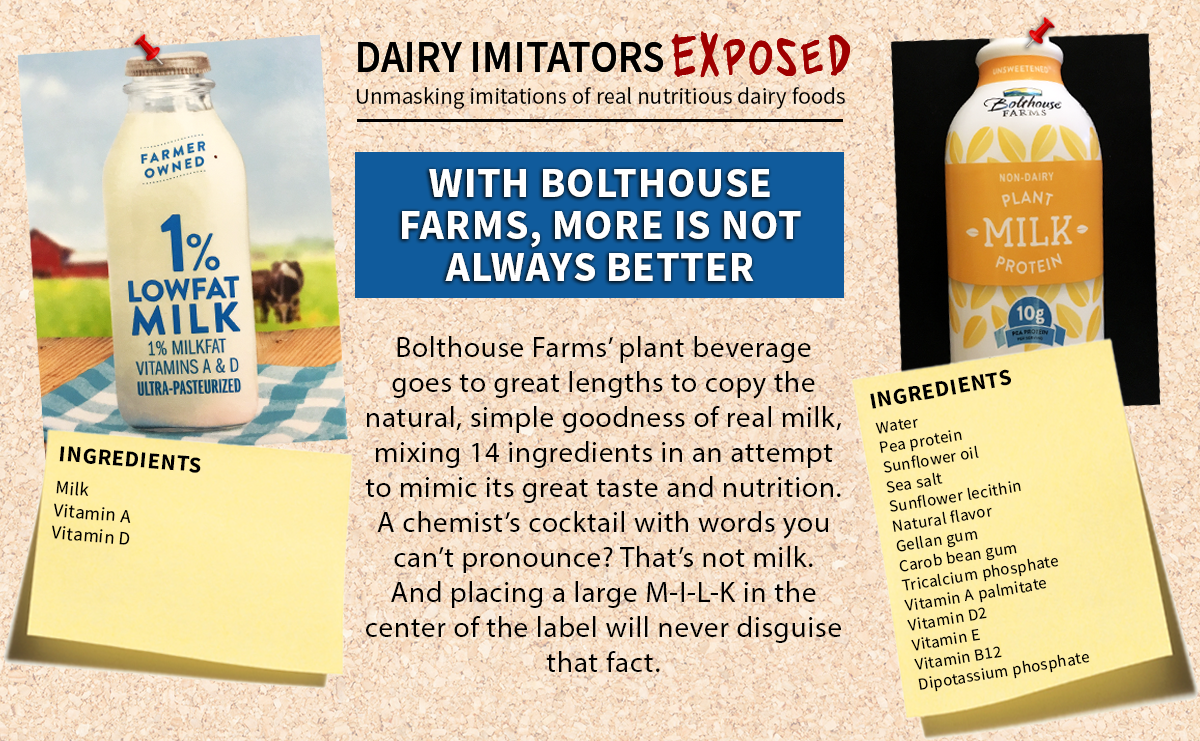 In its latest effort to highlight plant-based food companies that ignore federal regulations to market their products using dairy-specific terms, NMPF is calling out Bolthouse Farms and its parent company Campbell Foods for its unfair and illegal labeling practices.
In its latest effort to highlight plant-based food companies that ignore federal regulations to market their products using dairy-specific terms, NMPF is calling out Bolthouse Farms and its parent company Campbell Foods for its unfair and illegal labeling practices.
In a letter sent April 4 to the U.S. Food and Drug Administration (FDA), NMPF criticized both Campbell Foods and its California-based Bolthouse brand for the prominent use of the word “MILK” on the center of its package. According to NMPF, Bolthouse violates federal regulations by inaccurately labeling its product as milk, and ignoring FDA standards of identity that make clear milk and other dairy products must be sourced from animals, not plants.
The letter also noted that in many grocery stores the Bolthouse product is sold in the dairy case immediately adjacent to real cow’s milk, further leading to consumer confusion about the origin and nutritional content of the product. The “lack of segregation, combined with the deliberate attempt to mislead consumers with the prominent use of the term ‘MILK’ on the label,” can easily confuse customers into believing the pea powder-based product is another brand of cow’s milk, NMPF wrote.
The opaque powder-based fluid sold by Bolthouse Farms attempts to replicate the color, taste and mouthfeel of regular milk. But compared to milk’s three ingredients, Bolthouse’s pea product contains 14, all of which are added during factory processing.
In the fall of 2016, NMPF and the International Dairy Foods Association (IDFA) had contacted Campbell Foods before the launch of its new Bolthouse Farms’ pea powder-based beverage, telling the company’s general counsel that the product did not adhere to federal standards of identity for dairy foods and therefore should not be labeled as “milk.”
To supplement this most recent letter, NMPF created a new graphic to add to its “Dairy Imitators: Exposed” effort, which illustrates the disparities between imitation foods and real dairy foods. The latest edition compares the ingredient lists of both cow’s milk and Bolthouse Farms’ pea “milk” to highlight the artificial nature of the beverage.
NMPF Supports FDA Proposal to Revoke Heart Health Claim for Soy Protein
April 05, 2018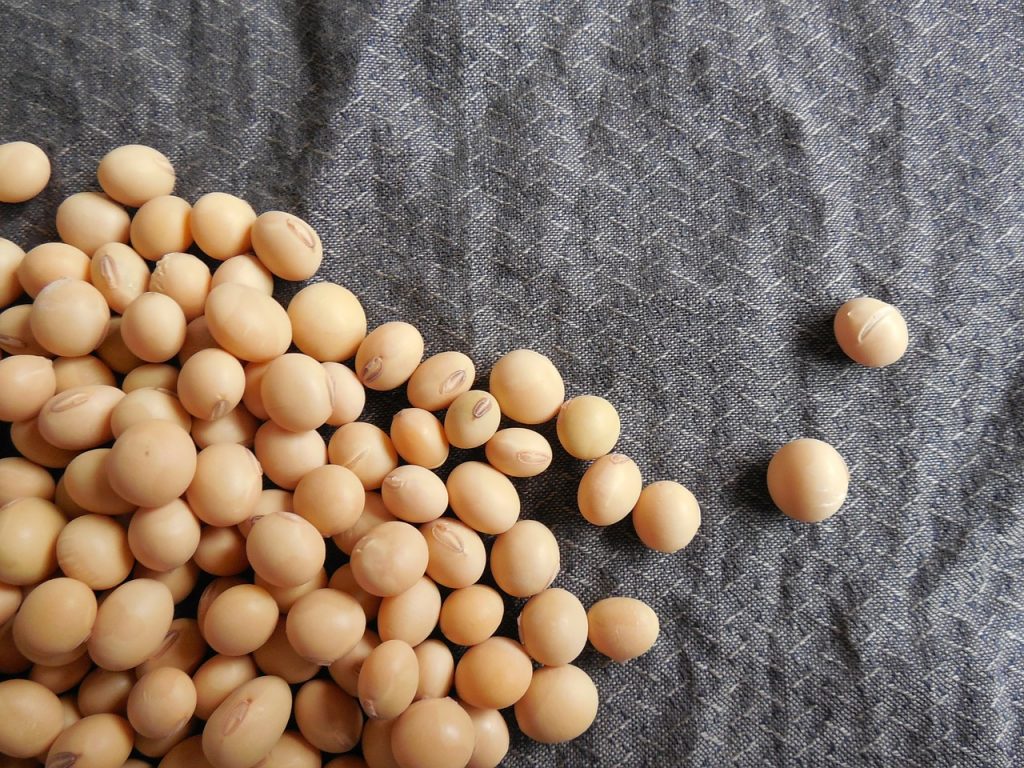 NMPF expressed support last month for a U.S. Food and Drug Administration (FDA) proposal to revoke an authorized health claim that links soy protein with a reduced risk of coronary heart disease. In comments to FDA on the health claim proposal, NMPF again urged the agency to take action against plant powder-based food companies that inappropriately use dairy terminology to label imitation dairy products like soy “milk.”
NMPF expressed support last month for a U.S. Food and Drug Administration (FDA) proposal to revoke an authorized health claim that links soy protein with a reduced risk of coronary heart disease. In comments to FDA on the health claim proposal, NMPF again urged the agency to take action against plant powder-based food companies that inappropriately use dairy terminology to label imitation dairy products like soy “milk.”
Last fall, FDA announced its intention to revoke the health claim because numerous studies since its original authorization in 1999 have presented “inconsistent findings” regarding the relationship between soy protein and a reduced risk of coronary heart disease. Jim Mulhern, president and CEO of NMPF, lauded FDA for acknowledging the continuing evolution of nutrition science and information.
“New research revealing the lack of heart benefits from soy protein or just as important, a positive effect from dairy fat, means that Americans can make more informed, healthier decisions regarding their diets,” he said.
FDA’s proposed rule comes almost 10 years after the agency initially announced its intent to re-evaluate the science behind the soy protein health claim. During this time, NMPF said, certain soy food companies have used the claim when labeling imitation dairy products, insisting that because of soy’s purported healthful properties, soy “milk” is a healthy alternative to conventional cow’s milk. Not only is this health claim without significant scientific support, based on FDA’s proposed rule, it also blatantly skirts federal regulations on the labeling of dairy foods like “milk,” “cheese” and “yogurt,” said NMPF.
“It is imperative that labels give consumers accurate product information and health claims. The name of the food also conveys nutrition information,” said NMPF, reiterating its plea for FDA to take enforcement action against such products.
MPP Forecast: April
April 05, 2018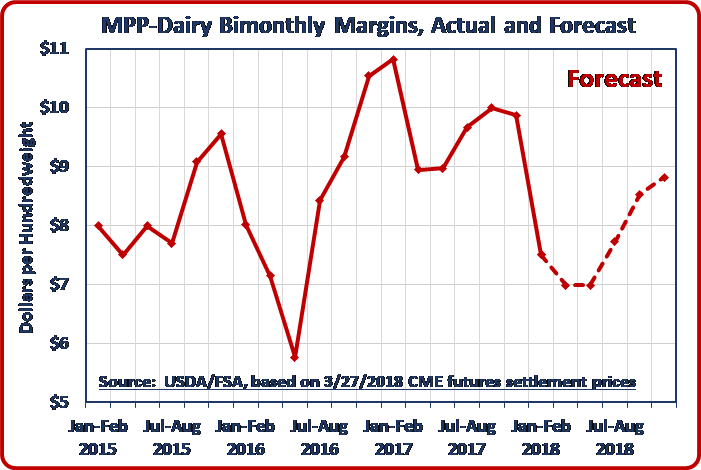 The monthly margin under the Margin Protection Program (MPP) for February 2018 was $6.88/cwt., $1.23/cwt. less than the margin a month earlier. This was the third monthly drop of more than $1.00 in the MPP margin. The two previous ones, in December and January, were driven mostly by lower milk prices. The further drop from January to February was split more evenly between a lower all-milk price and an increase in the formula’s determination of feed costs. Most of the feed cost increase for February, on a per-hundredweight-of-milk basis, was due to higher soybean meal prices. All three components of the MPP feed cost formula rose from January to February.
The monthly margin under the Margin Protection Program (MPP) for February 2018 was $6.88/cwt., $1.23/cwt. less than the margin a month earlier. This was the third monthly drop of more than $1.00 in the MPP margin. The two previous ones, in December and January, were driven mostly by lower milk prices. The further drop from January to February was split more evenly between a lower all-milk price and an increase in the formula’s determination of feed costs. Most of the feed cost increase for February, on a per-hundredweight-of-milk basis, was due to higher soybean meal prices. All three components of the MPP feed cost formula rose from January to February.
The USDA MPP Decision Tool has not yet been updated to show monthly margins following enactment of the Bipartisan Budget Act of 2018 earlier this year, which changed the frequency of MPP payments from bimonthly to monthly. The bimonthly margins the tool still projects, based on the March 27 CME dairy and grain futures settlement prices, are shown in the accompanying graph. They average $7.76/cwt. for all 12 months of 2018. They indicate that, again based on the March 27 futures, purchasing buy-up coverage at the $8.00/cwt. level would yield net payments totaling $0.33/cwt. after deducting the new, substantially lower premium costs for milk covered up to 5 million pounds of production history during all of 2018. MPP buy-up premiums were made more affordable by the Budget Act, which also directs USDA to re-open MPP sign-up for 2018 coverage.
USDA’s MPP margin forecasts are updated daily online. NMPF’s Future for Dairy website offers a variety of educational resources to help farmers make better use of the program.
USDA Announces Decisions for Florida, California Federal Milk Marketing Orders
April 05, 2018The U.S. Department of Agriculture said last week it is proposing two changes in milk marketing regulations, including the creation of a federal milk marketing order in the nation’s largest dairy state, California.
The USDA also said it is proposing a temporary increase in the Class I milk price in the Florida order to help with damages from last fall’s hurricane. The Florida FMMO action would implement a temporary assessment of no more than $0.09/cwt. for seven months on Class I milk in the order. The assessment will not be deducted from the pool, but instead be passed on to consumers at a rate estimated to be less than $0.01 per gallon during the collection period. The revenues are to be used to reimburse handlers and producers for the marketing losses and expenses they incurred as a result of the Hurricane Irma-related disruptions last September.
The proposed amendments were requested by five NMPF member-cooperatives whose farmer members supply the majority of the milk pooled under the Florida FMMO: Southeast Milk Inc., Dairy Farmers of America, Inc., Premier Milk Inc.; Maryland and Virginia Milk Producers Cooperative Association; and Lone Star Milk Producers.
Meanwhile, the California FMMO proposal would establish a federal order in California with many of the uniform provisions that have been adopted into the 10 current FMMOs, including product classification, end-product price formulas, Class I differential structure, and the producer-handler definition. However, the proposed order also recognizes the quota value specified in the California quota program, but would leave the administration of that program to the California Department of Food and Agriculture (CDFA).
Under the proposed FMMO, regulated minimum prices in California, especially for milk used in cheese manufacturing, are likely to be higher than what handlers pay under the current California State Order. However, the proposed FMMO would allow all handlers to elect not to pool milk used in manufacturing.
The proposed California FMMO was initiated by two NMPF member cooperatives with farmer members and processing facilities in the state: Dairy Farmers of America, Inc. and Land O’Lakes, Inc., together with California Dairies, Inc.
A referendum will be held from April 2-May 5 to determine producer approval. USDA will conduct a public meeting on April 10 in Clovis, California, to explain and answer questions about the proposed California FMMO and the producer referendum process.
CWT-Assisted Cheese, Butter Sales Contracts Total 13.5 Million Pounds in March
April 05, 2018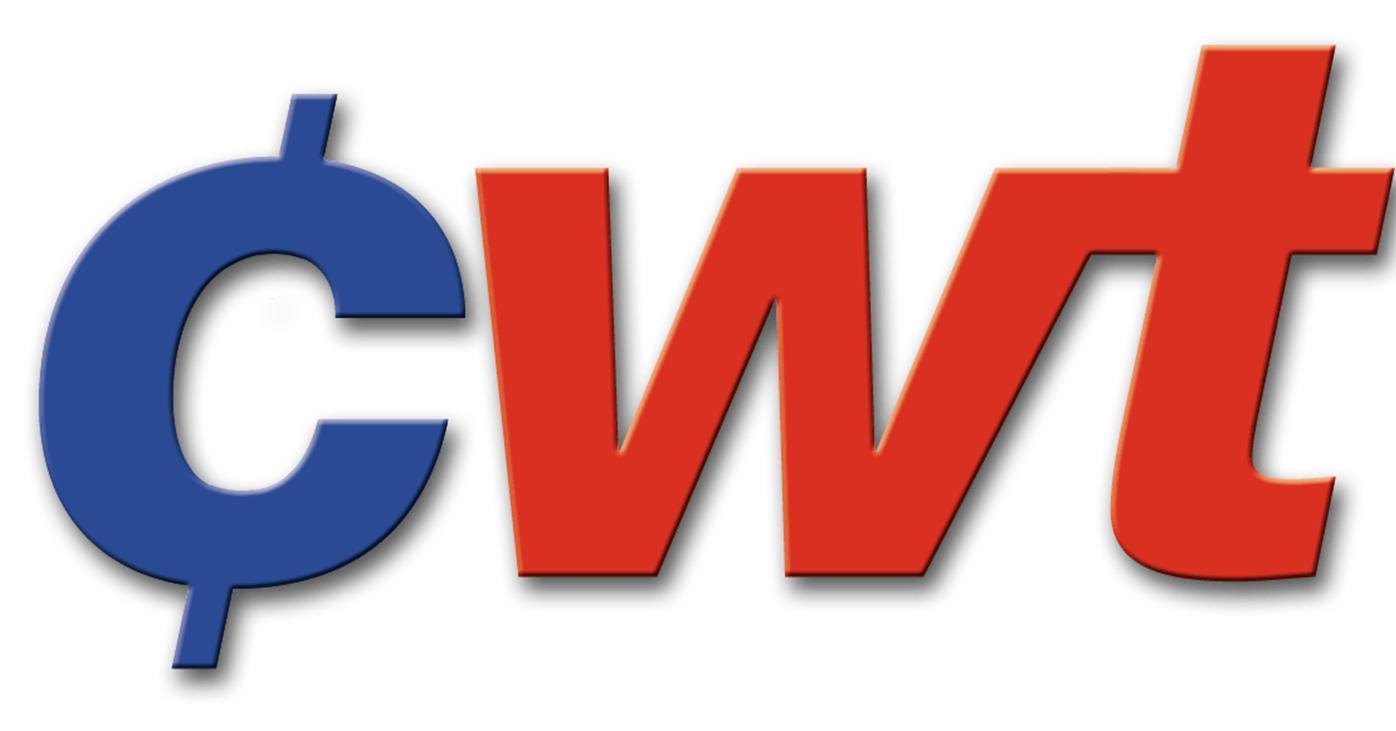 Cooperatives Working Together (CWT) assisted member cooperatives in securing 78 contracts last month to sell 10.64 million pounds of American-type cheeses and 2.92 million pounds of butter to customers in Africa, Asia, Central America and the Middle East. The product will be shipped to customers in 12 countries in five regions of the world during the months of March-June 2018.
Cooperatives Working Together (CWT) assisted member cooperatives in securing 78 contracts last month to sell 10.64 million pounds of American-type cheeses and 2.92 million pounds of butter to customers in Africa, Asia, Central America and the Middle East. The product will be shipped to customers in 12 countries in five regions of the world during the months of March-June 2018.
These contracts bring the 2018 total of the CWT-assisted product sales contracts to 29.19 million pounds of cheese, up 23% from the first three months of 2017, and 5.61 million pounds of butter, up 293%. These transactions will move the equivalent of 395.46 million pounds of milk on a milkfat basis overseas.
Helping CWT member cooperatives gain and maintain world market share through the Export Assistance program in the long-term expands the demand for U.S. dairy products and the U.S. farm milk that produces them. This, in turn, positively impacts all U.S. dairy farmers by strengthening and maintaining the value of dairy products that directly impact their milk price. CWT is preparing more detailed education materials for member use as they discuss the future role of the program.
The amounts of dairy products and related milk volumes reflect current contracts for delivery, not completed export volumes. CWT will pay export assistance to the bidders only when export and delivery of the product is verified by the submission of the required documentation.
All cooperatives and dairy farmers are encouraged to add their support to this important program. Membership forms are available online.
NMPF Wins Delay on Electronic Logging Mandate, Works to Improve Ag Exemption
April 05, 2018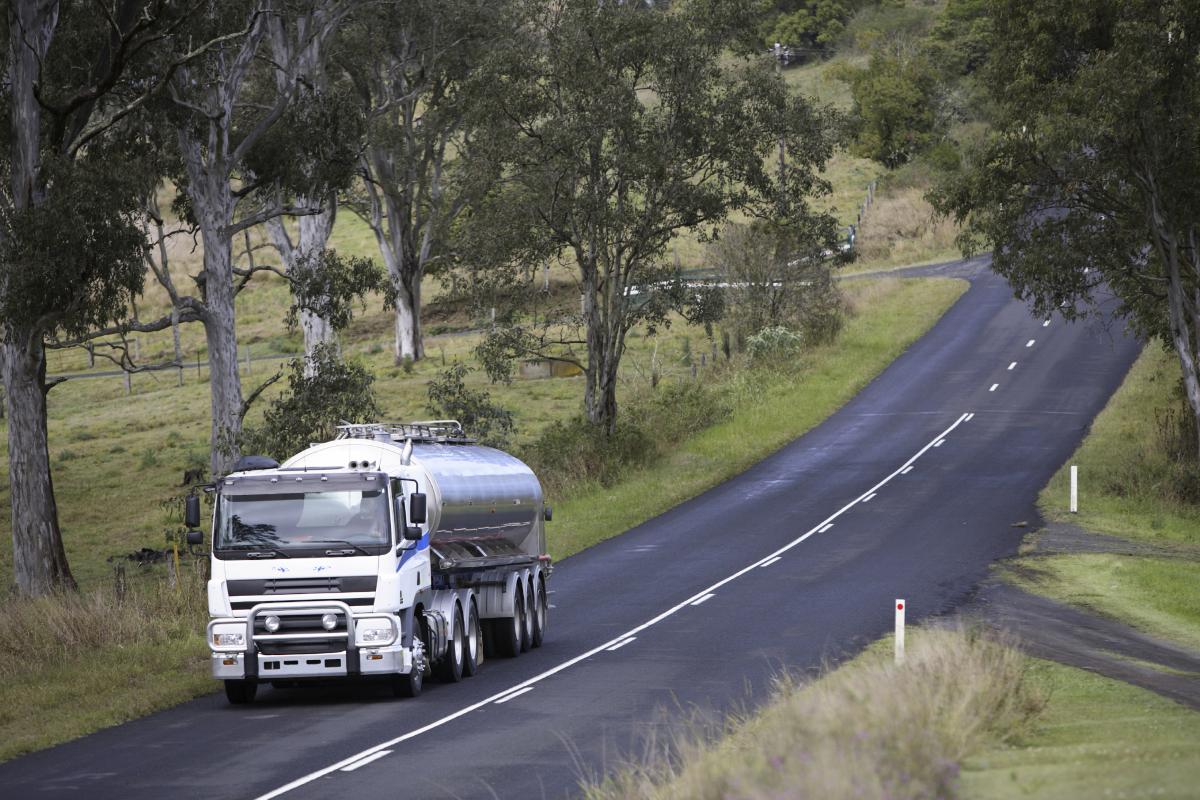 NMPF is working to relieve the dairy industry from a pending mandate that dictates all commercial trucks be equipped with electronic logging devices (ELDs) to track compliance with federal hours of service (HOS) regulations.
NMPF is working to relieve the dairy industry from a pending mandate that dictates all commercial trucks be equipped with electronic logging devices (ELDs) to track compliance with federal hours of service (HOS) regulations.
The mandate took effect last fall, but agricultural haulers received a three-month exemption until March. NMPF joined others in agriculture in successfully petitioning for an additional three-month delay. As a result, the mandate will now take effect this June.
At the same time, NMPF is working with the U.S. Department of Transportation (DOT) to improve and clarify the existing statutory HOS exemption for haulers moving agricultural commodities from farm to plant. NMPF believes that a dairy terminal or transfer station should be considered a “source” of agricultural commodities, and thus be exempt from the time limitation. NMPF also commented to the Federal Motor Carrier Safety Administration on how to apply the HOS exemption for agricultural commodities when a hauler is loading a commodity at multiple sources during one trip. Milk is a uniquely perishable commodity, and haulers must often stop at multiple dairy farms to completely fill their tankers. NMPF advocated that milk haulers be able to utilize the 150 air-mile agriculture exemption beginning at each pickup location
NMPF submitted comments urging the DOT to recognize these circumstances and provide clear and consistent interpretation and enforcement guidelines to all states with respect to the application of the agricultural commodities exemption to milk. NMPF will continue to work closely with industry and regulators on this issue.
NMPF Supports USDA Withdrawal of Organic Animal Welfare Standards
April 05, 2018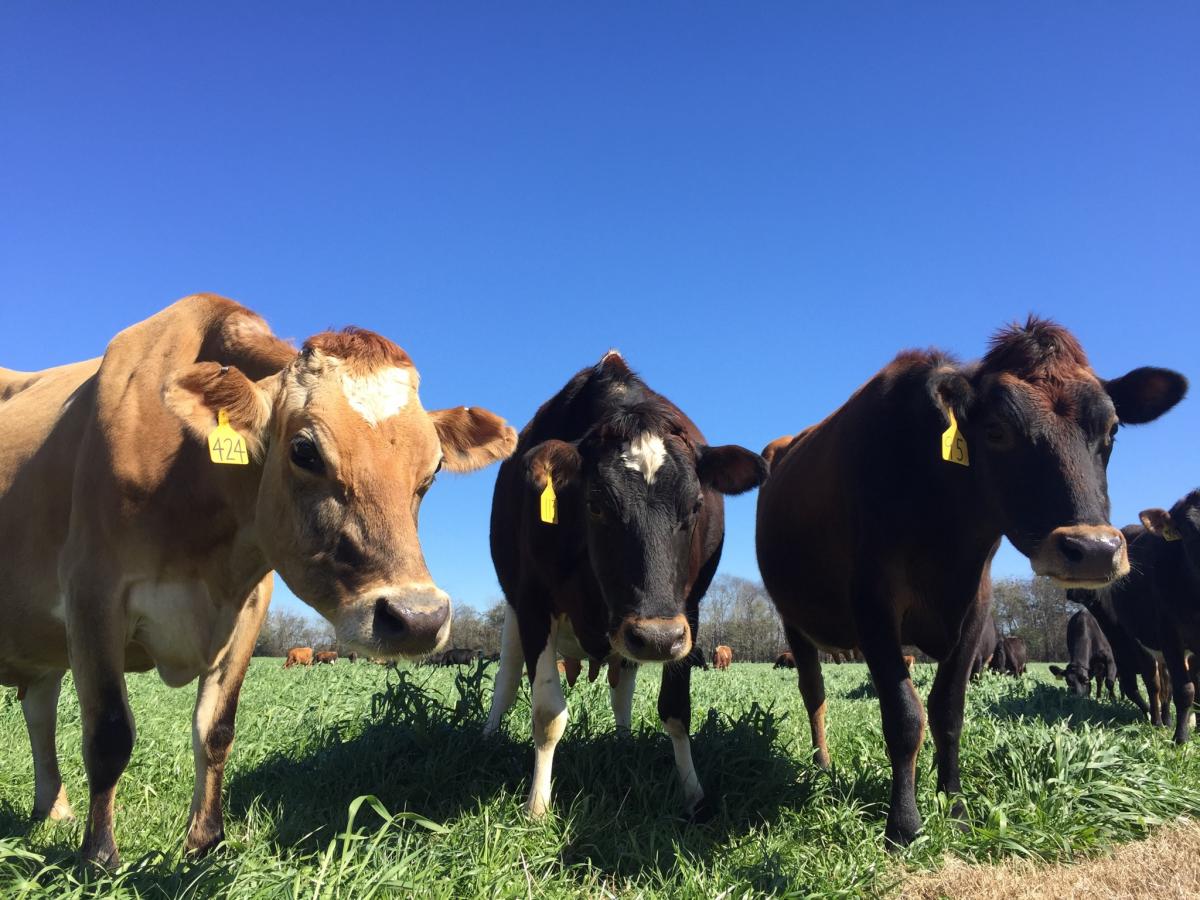 In mid-March, the U.S. Department of Agriculture (USDA) USDA formally withdrew a final rule regarding animal welfare standards, acting on a recommendation from NMPF supporting the department’s proposal after the agency requested comments last December.
In mid-March, the U.S. Department of Agriculture (USDA) USDA formally withdrew a final rule regarding animal welfare standards, acting on a recommendation from NMPF supporting the department’s proposal after the agency requested comments last December.
The Organic Livestock and Poultry Practices rule, originally published in January 2017, proposed imposing a variety of new animal care and housing standards for farms covered by the certified organic program. NMPF initially expressed concern about the proposed standards in July 2016, saying the changes fall short of those already employed by the National Dairy Farmers Assuring Responsible Management (FARM) Animal Care Program.
In its most recent comments, NMPF stated that the FARM Animal Care Program assures animal care and wellbeing throughout the U.S. dairy industry, thus the requirements in USDA’s final rule are unnecessary and duplicative for dairy cattle. Furthermore, the basis of the FARM Animal Care Program is sound science, and its standards are updated every three years to accommodate the latest research around animal health and wellbeing.
On March 13, USDA formally withdrew the rule, determining it exceeded USDA’s statutory authority. USDA said withdrawing it was justified after assessing rule’s benefits and burdens, as NMPF comments consistently stated.
FARM Program Hosts Evaluator Training, Continues with Third Party Verifications
April 05, 2018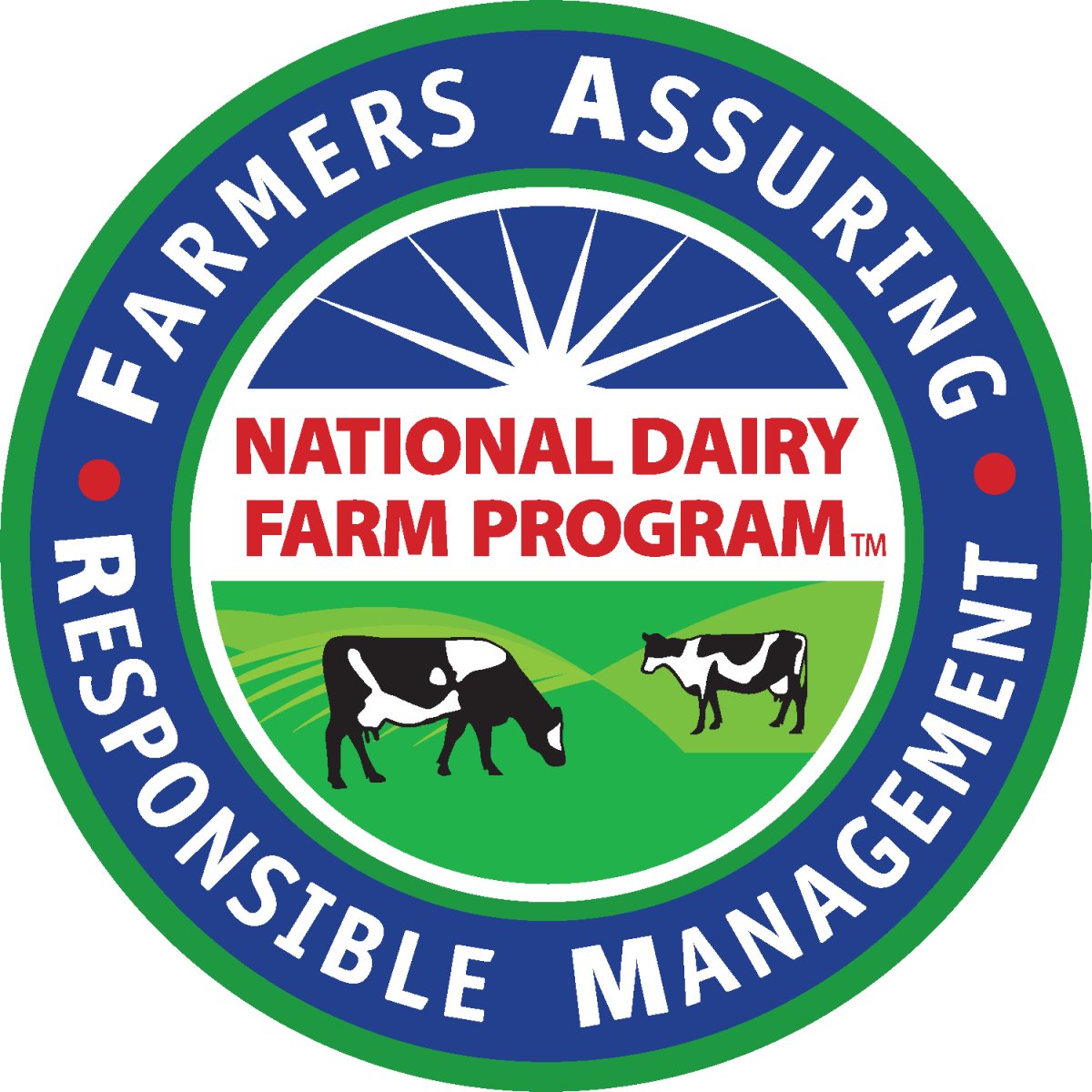 The National Dairy Farmers Assuring Responsible Management (FARM) Program hosted a joint animal care evaluator and evaluator trainer course in Madison, Wisconsin on March 20 and 21, welcoming 16 participants to the evaluator trainer course and 10 to the evaluator training.
The National Dairy Farmers Assuring Responsible Management (FARM) Program hosted a joint animal care evaluator and evaluator trainer course in Madison, Wisconsin on March 20 and 21, welcoming 16 participants to the evaluator trainer course and 10 to the evaluator training.
These training courses consisted of one day in the classroom and one day on a farm completing a FARM Version 3.0 Animal Care evaluation. The training’s on-farm experience was hosted by Foremost Farms and the University of Wisconsin.
For evaluators and trainers looking to be recertified in person, the FARM Program will host another course in Charlotte, North Carolina, on Nov. 27-28. To remain up to date on certification, evaluators are required to complete an annual recertification course. Those interested in becoming certified FARM animal care evaluators can learn about minimum requirements and certification here.
Meanwhile, third-party verifications of those second-party FARM Program animal care evaluations completed in 2017 are halfway done, with full completion anticipated by the end of May.
The third-party verification process identifies any inconsistences in evaluator observations across the program. Farms that underwent a second-party evaluation in 2017 are placed in a random sampling pool to identify farms that will also undergo third party verification. The FARM Program has contracted two third-party vendors, Food Safety Net Services (FSNS) and the U.S. Department of Agriculture-Agriculture Marketing Services (USDA-AMS), to complete verifications. All third-party verifications should be prescheduled with farmers and cooperative or processor staff.
If FARM participants have questions about the verification process, please contact Jamie Jonker.
Positive Outcome Achieved in U.S.-South Korea Agreement
April 05, 2018 The United States and South Korea announced that the two countries reached an agreement “in principle” in late March on the bilateral free trade agreement known as KORUS, and in the process achieved a positive outcome for America’s dairy sector. As the trade agreement was renegotiated, NMPF had stressed the need for the United States to remain in this agreement, and pursue targeted changes and solutions to several implementation concerns.
The United States and South Korea announced that the two countries reached an agreement “in principle” in late March on the bilateral free trade agreement known as KORUS, and in the process achieved a positive outcome for America’s dairy sector. As the trade agreement was renegotiated, NMPF had stressed the need for the United States to remain in this agreement, and pursue targeted changes and solutions to several implementation concerns.
KORUS has been instrumental in preserving U.S. competitiveness in a key dairy market. Without it, the U.S. dairy industry would be the only major dairy supplier subject to 36-percent cheese tariffs or lacking a country-specific tariff rate quota for milk powder.
With this agreement, the U.S. dairy industry will remain a competitive dairy exporter to South Korea in a world in which most other major dairy exporters have access to the South Korean market through other trade agreements. KORUS puts U.S. companies selling dairy products made in American on the same footing with dairy competitors from other countries.
In addition to securing modifications to some non-agricultural portions of the agreement, USTR also tackled concerns related to customs procedures. This refers to whether products coming from the United States are found by Korea to qualify for preferential access under KORUS. NMPF welcomed progress in this area, as it has been a concern in recent years for U.S. dairy exporters whose products risked losing their preferential tariff access rights to Korea if the shipment was routed through a Canadian port rather than remaining in U.S. territory.
On March 29, NMPF and USDEC commended USTR for successfully addressing the specific trade concerns highlighted by various U.S. stakeholders, while also preserving the overall agreement that has been so beneficial to the U.S. dairy industry.
NMPF Reinforces Need for NAFTA to Address Canadian Situation as Talks Continue
April 05, 2018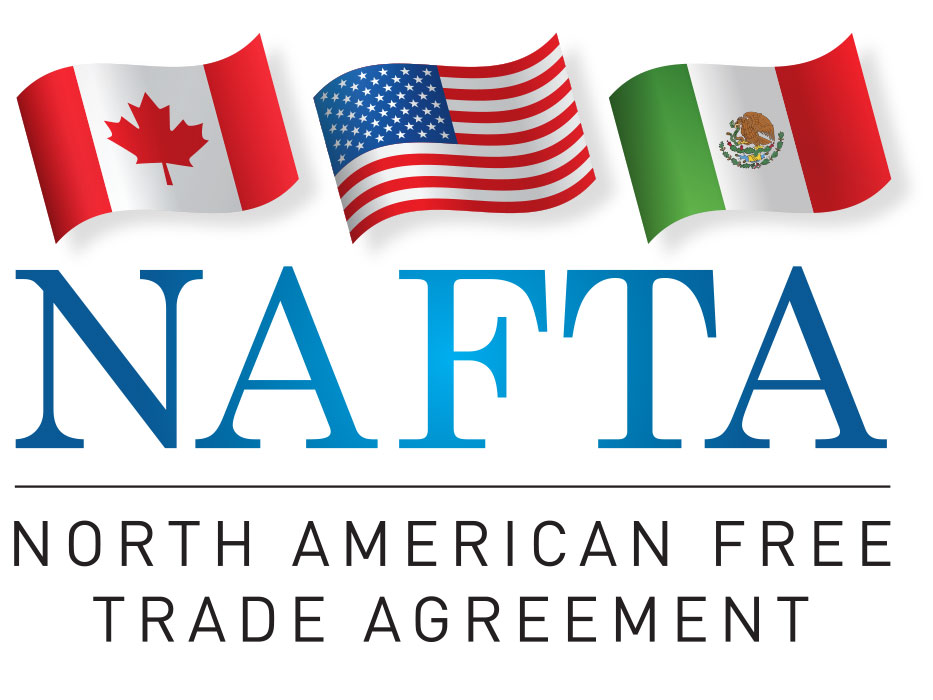 Although negotiators from Canada, Mexico and the United States made progress last month on several important trade issues within the North American Free Trade Agreement (NAFTA), NMPF’s top priority – addressing Canada’s trade-distorting policies – remains unresolved.
Although negotiators from Canada, Mexico and the United States made progress last month on several important trade issues within the North American Free Trade Agreement (NAFTA), NMPF’s top priority – addressing Canada’s trade-distorting policies – remains unresolved.
In the face of rising pressure on negotiators to achieve a breakthrough this month, NMPF continues to emphasize the importance of addressing U.S. dairy trade priorities, including rolling back Canada’s new Class 7 pricing program, tackling sky-high Canadian tariff barriers and establishing rules of geographical indications to help safeguard the use of common cheese names.
A number of NMPF members, both farmers and cooperative executives, met recently with Chief Agricultural Negotiator Gregg Doud and Ted McKinney, USDA Under Secretary of Agriculture for Trade and Foreign Agricultural Affairs, to emphasize the importance of dealing with Canada’s trade distorting policies as part of the NAFTA renegotiations. In a letter written by the U.S. Dairy Export Council (USDEC) and NMPF, and co-signed with the International Dairy Foods Association (IDFA), the dairy industry delivered a clear message that NAFTA needs to generate a win for agriculture, as President Donald Trump himself has stated more than once.
NMPF’s Jaime Castaneda attended the seventh negotiating round in Mexico City in March, where he held meetings with U.S. and foreign government officials and attended confidential trade advisor consultation sessions. He also met with Mexican industry allies to discuss the U.S. dairy industry’s key NAFTA goals, including preserving the free flow of dairy products between the United States and Mexico.
The now-concluded chapter on SPS measures will help further safeguard those sales. It reportedly builds upon the text used in the Trans-Pacific Partnership (TPP), during which NMPF played a leading role. NMPF’s goal in encouraging stronger SPS commitments is to make it less likely for unfounded non-tariff barriers to derail U.S. exports.






